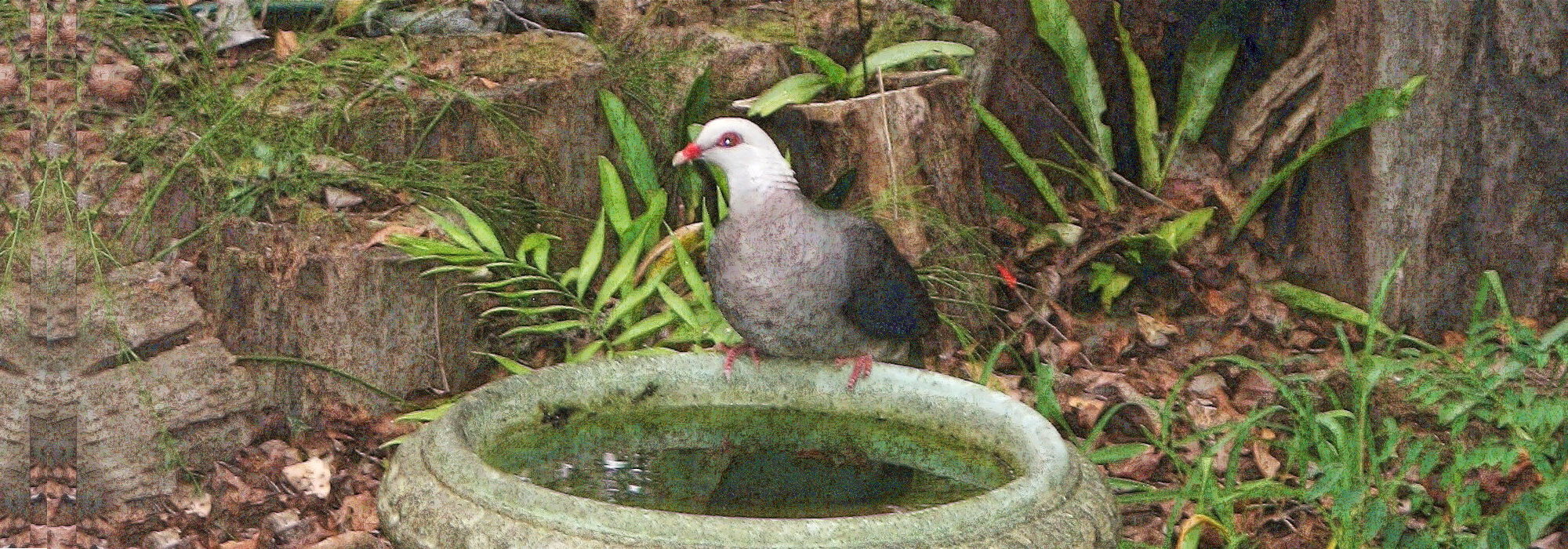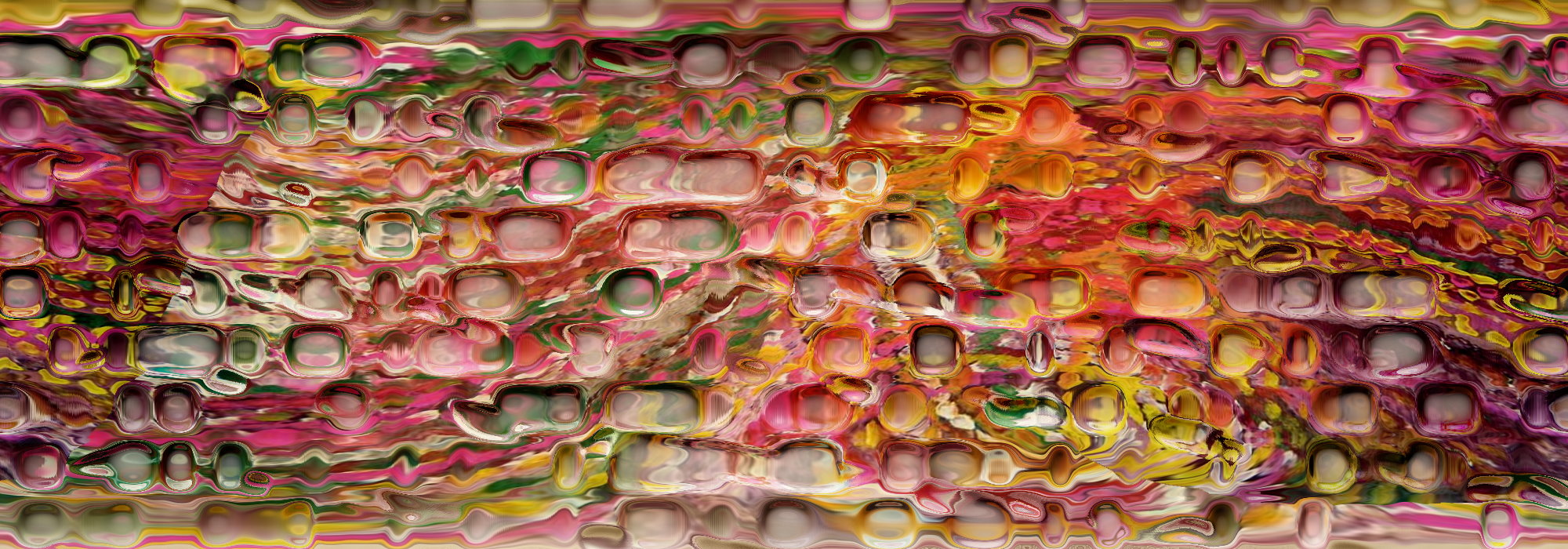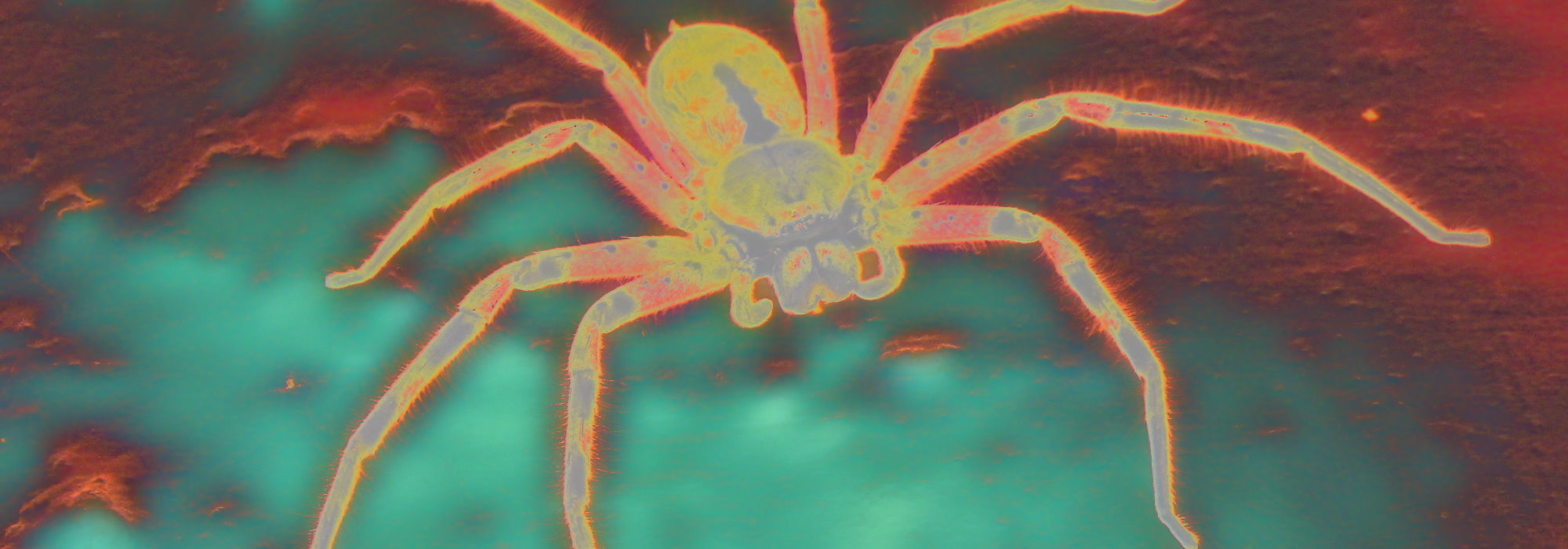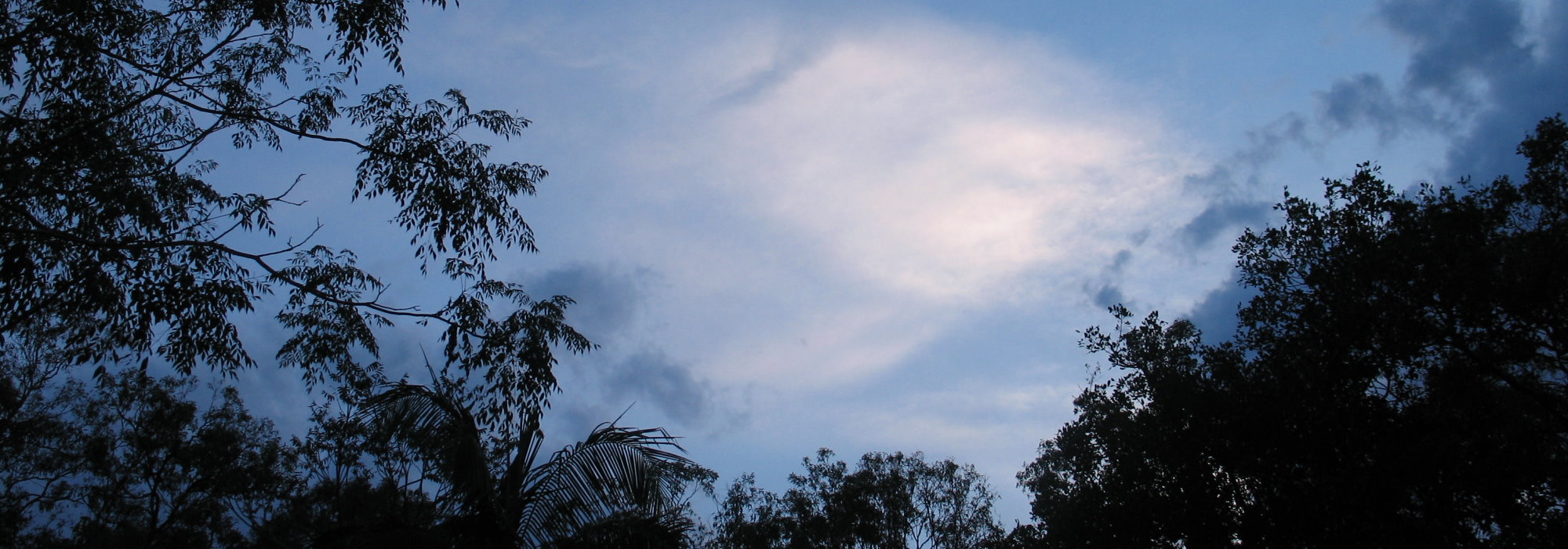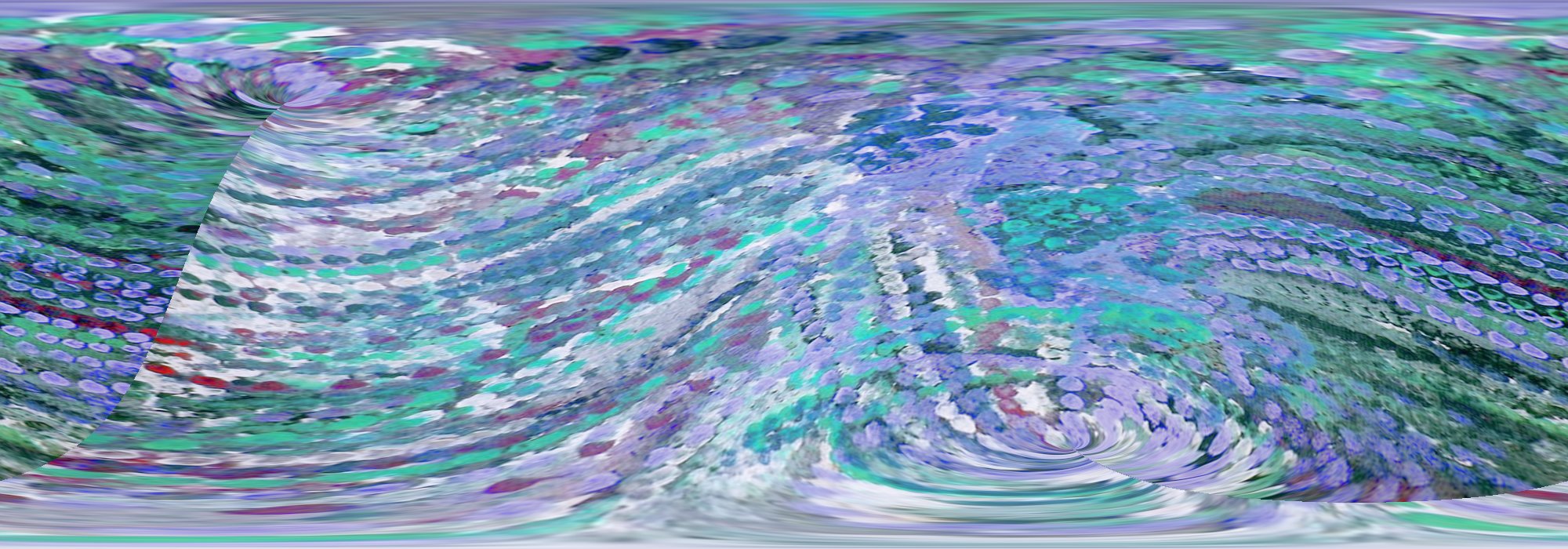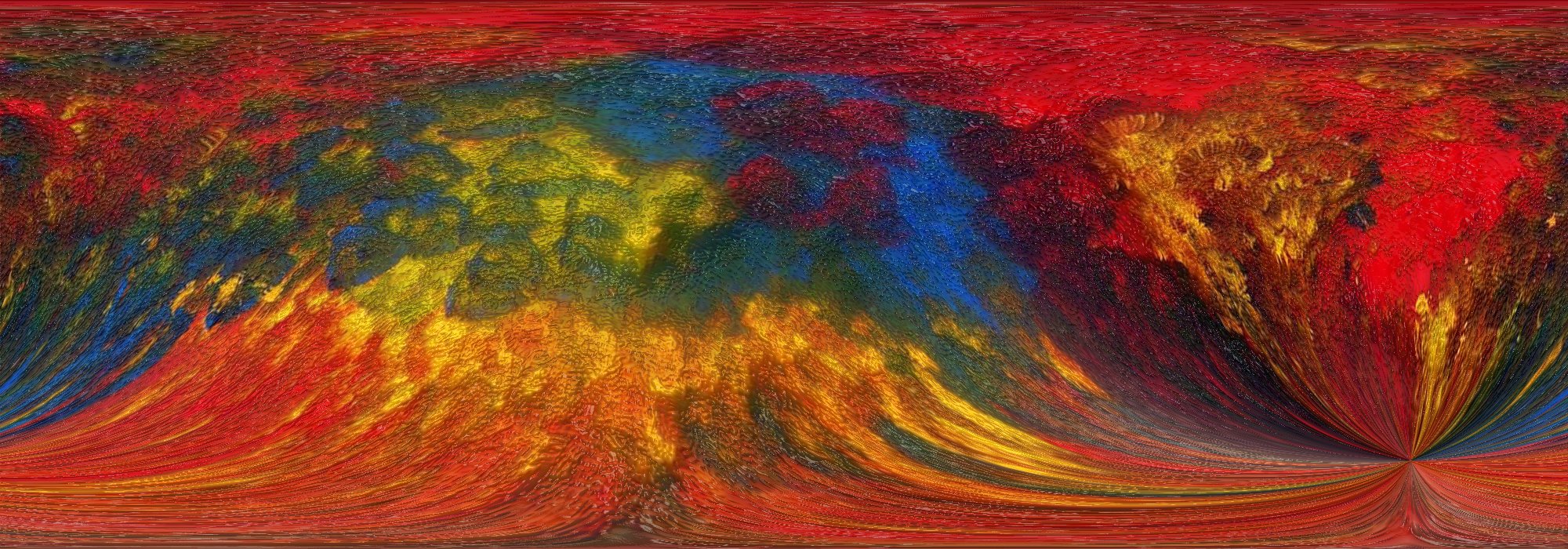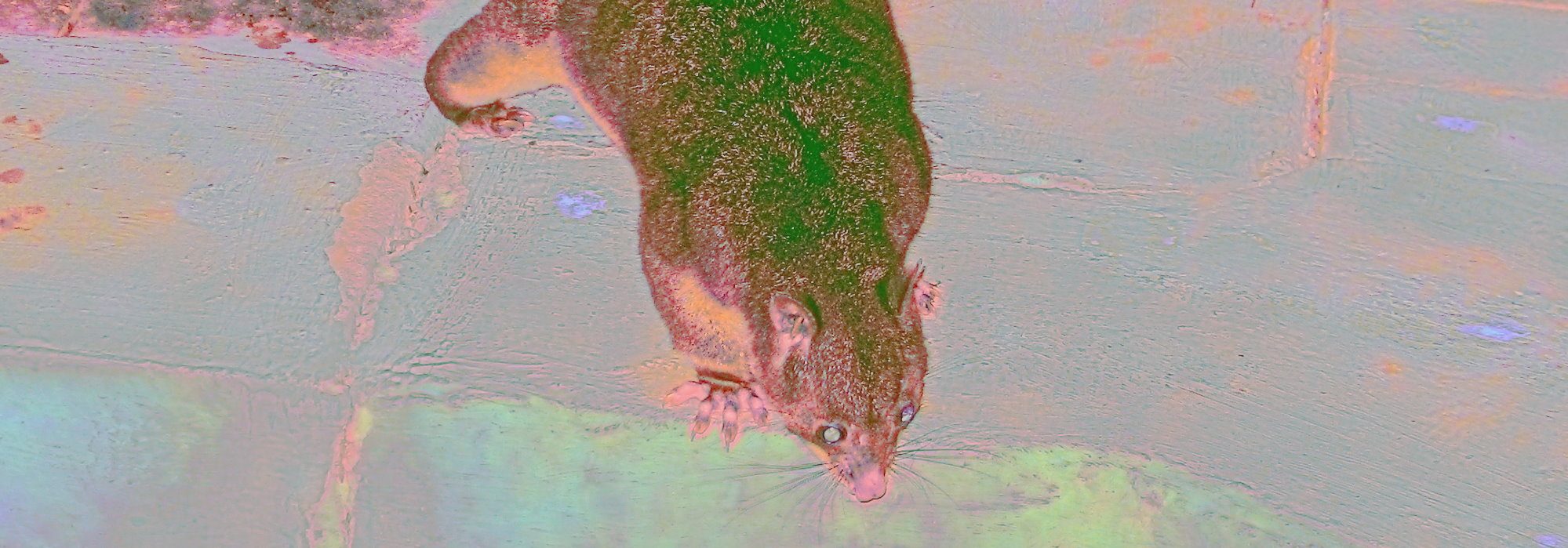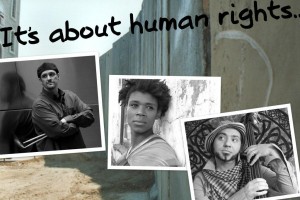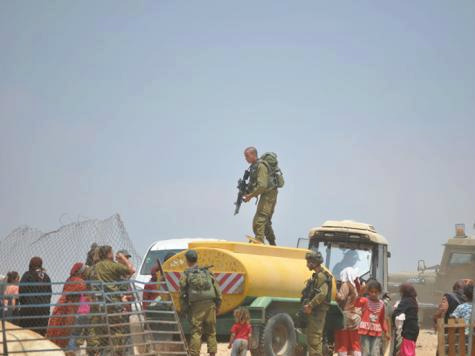In what has been described as a landmark case, 16 protesters against Israeli oppression and apartheid supported by the Strauss group’s Max Brenner franchise in Australia, have been cleared of the majority of charges against them. They were arrested at a protest in QV Square, Melbourne, in July last year.
Defence lawyer Rob Starry, ‘who acted for some of the accused, said the decision had wide-ranging ramifications.
“This case is really a landmark case in the annuls of the criminal justice system because what it represents is people have a right to express themselves politically.”‘
The court said when they exonerated some of those people who engaged in peaceful protest they’ve got a right to express that view.”
Mr Starry said the decision could affect similar Occupy Melbourne protests and current industrial protests including the Toll blockade.
“The Toll blockade is an industrial dispute, it should not involve the police unless there is a breach of the peace or other criminal behaviour but that has not been the case,” he said.
“Police should not get involved in political protest or industrial disputes of this nature, (protests) shouldn’t be criminalised.
“We don’t live in a totalitarian regime. This is Australia where we should be able to engage in robust debate.”
Protestor Vashti Kenway said the decision was a victory for freedom of speech.
“It’s a victory for our capacity to protest in places where corporations have previously said they controlled,” she said.
“It’s also useful for us to know that the QV management have no right to say we are not allowed to express our political opinions within that space.”
The Strauss group which owns the Max Brenner chain sponsors the Israeli Occupation Forces’ Golani and Givati brigades, responsible for war crimes and human rights abuses against Palestinian people in the Occupied Territories.
UPDATE 25/7/12
For all Melbournites:
Be there at the QV Square this Friday and exercise the right of public political protest.
Remembering Vic Alhadeff, the CEO of the NSW Jewish Board of Deputies’ words from August 2011 which have been brought to fruition:
‘Australian zionist organisations coordinate with politicians and police in pushing the hasbara agenda of Israel against BDS.
Arguing against any Zionist-organized BDS “counter” protest, Alhadeff writes: “It is important for the community to be aware that our response to BDS forms part of [a] coordinated national strategy. Furthermore, this strategy is endorsed by counterparts abroad and Israel’s Foreign Ministry.”
Alhadeff outlined this coordinated national strategy in response to BDS, stating that it “included, but is not limited to, engagement with civil society and politicians, patronage of boycotted outlets, cooperation with police, shop owners and center managers and exposure of the motives behind the BDS movement.” According to Alhadeff, Zionist policy in response to BDS should be one which seeks to “speak softly” but to also carry “a suggestion of a big stick.”’
NOTE
Max Brenner is boycottable not because it’s an Israeli-owned business, but because it’s owned by the Strauss group, which is profiteering off of and taking part in occupation in several ways
http://www.whoprofits.org/company/krashin-shalev-metal-industries
http://www.whoprofits.org/company/koralek-almog-sifting-machines-and-production-systems
http://www.whoprofits.org/company/adir-plastic-packaging
Not to mention “adopting” occupation army military units
http://blog.endtheoccupation.org/2011/11/depaul-university-students-declare.html
http://www.inminds.com/article.php?id=10538
(Thanks @TaliShapiro)
Related Links
Congrats to our ABC for correctly reporting that Max Brenner is Israeli-owned and aids the brutal IOF
Charges against Australian Pro-Palestine solidarity activists arrested at peaceful BDS protest thrown out of court
Max Brenner 16 ruling a victory for free speech and BDS
Charges dismissed over chocolate-shop protest
Charges against pro-Palestinian protesters dismissed
Zionist Wertheim disputes the decision, fails to recognise political protest in public spaces is legitimate.
Australia’s repression of BDS movement coordinated with Israel
Murdoch Press and the Fictional Jewish Chocolatier
Police protect Max Brenner from anti-apartheid protesters
Melbourne court clears 11 pro-Palestinians in boycott Israel protest
Marduk, the cops and zionists prepare to strike back: Baillieu seeks to toughen protest laws
Peaceful Max Brenner protesters justified Rob Stary:
It provides a salutary lesson to the authorities as to why police should not be engaged where people are simply exercising their democratic right of peaceful protest.
It’s a fundamental right in any tolerant and civilised democratic society.
And this episode raises the question of why scarce police resources were invoked at the behest of a large commercial interest in dispersing lawful peaceful protesters.
The management of QV should indemnify Victoria Police for the costs of this operation. It should not be borne by the general public.
The legal costs that will be ordered against Victoria Police as a result of this case should also be borne in part by the Victorian Government Solicitor’s Office, as a result of its advice as to what might constitute wilful trespass or besetting of premises.”
BDS victory in Australia
Brenner using the publicity to launch new hotel partnerships
Examining the encroachment of neoliberalism onto the public commons – we don’t know what we’ve got even when it isn’t gone.
Victory for Australia’s boycott campaign as charges of blockading chocolate store dropped : ‘Reports in the Australian Jewish News also confirmed that in April 2011, the Jewish Community Council of Victoria had made representations to the Victorian police and had called on them “to stamp down harder on aggressive protesters”’
Palestine / Israel Links
The Israeli occupation and theft of the Old City of Jerusalem :
With no Palestinian representative on the city council — since the illegal annexation of the Old City to Israel in 1967, the Palestinian population of East Jerusalem has been boycotting municipal elections
Awakening to the fascist nature of Israel? :
‘And, worst of all, we have lost the capacity to see how profoundly shocking the situation has become, because we have adjusted to so many inequities of so many different shapes and kinds that a moral language to evaluate this situation is slowly disappearing. This unease has no name because it is beyond “inequality,” “occupation,” or “racism.” It is about a deep and massive corrosion of the very meaning of what it means to be a citizen of Israel today. ‘
Israel orders demolition of 8 Palestinian villages, claims need for IDF training land
Built-in racism: Israeli real estate article lauds “desirable” Arab-free neighborhood
The NYTimes has it wrong: Israel’s roots are not liberal
